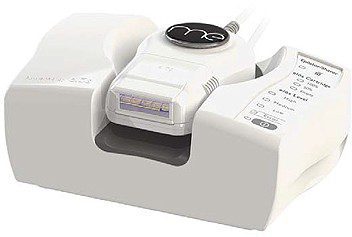Patients with darker skin color have a greater tendency to be left with increased pigmentation following any type of injury, including cosmetic and medical procedures, trauma and burns. Effective treatment of post-inflammatory hyperpigmentation (PIH) is lacking, especially in these patients.
Multiple topical therapeutic options have been utilized and reported, albeit with their limitations. A study published recently in Lasers in Surgery and Medicine (LSM), the official journal of the American Society for Laser Medicine and Surgery Inc (ASLMS), suggests that a low-energy fractional laser can safely and effectively improve increased pigmentation in patients with darker skin.
“Until now, there has been a dearth of studies evaluating the safety and efficacy of lasers treating patients with darker skin types. Due to this lack of evidence, many physicians cautiously approach this patient population, which may ultimately exclude patients with darker skin types from receiving treatment that they may benefit from,” says study leader Yoon-Soo Cindy Bae, MD, in a media release from ASLMS.
“Topical medicines have historically been used to improve the darkened skin with limited success. The use of low energy fractional laser treatment for hyperpigmentation can reach a large segment of the world’s population.”
The successful treatment of PIH using lasers has not been as commonly reported. This study presents the use of the 1,927 nm low energy, low density non-ablative fractional diode laser, which resurfaces the skin producing shallow microthermal treatment zones (MTZs). These MTZs stimulate epidermal exfoliation improving unwanted pigmentation. This study presents a retrospective photographic review of patients of darker Fitzpatrick skin types with PIH responding to this non-ablative approach.
[Source: American Society for Laser Medicine and Surgery Inc]




